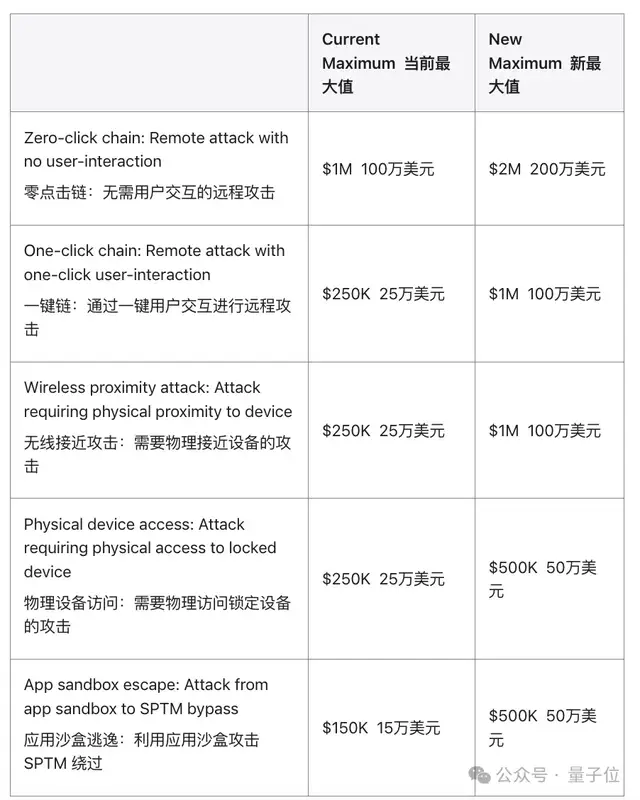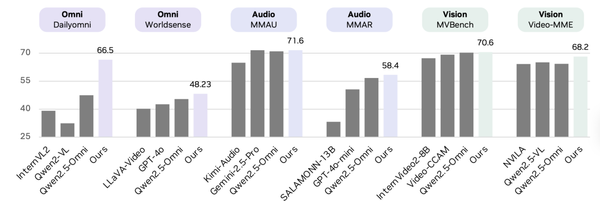Find an iPhone Bug, Get $2 Million from Tim Cook

Apple’s Record-Breaking Security Bounty Program
Apple has announced a massive upgrade to its Security Bounty Program, raising top rewards to unprecedented levels.
---
💰 Reward Highlights
- Regular vulnerability: Up to $2 million USD (≈ ¥14.2 million RMB)
- Exceptional vulnerability: Up to $5 million USD (≈ ¥35.6 million RMB) with bonuses
- Largest bounty currently known in the industry
> _Apple emphasizes the $2 million base prize is for vulnerabilities as dangerous as complex commercial spyware attacks._

---
1. From Past Increases to Today’s Record High
Apple’s bounty program history:
- 2016 — Top prize: $200,000 USD
- 2019 — Raised to $1 million USD
- 2025 — Now doubled to $2 million USD
Impact so far:
- Over $35 million USD (≈ ¥250 million RMB) paid
- More than 800 security researchers rewarded
Ivan Krstić, Apple VP of Security Engineering & Architecture:
> “We want top researchers tackling the hardest bugs and simulating sophisticated threats — especially those mimicking commercial spyware.”
---
2. Prize Structure: Base + Bonus Tiers
Base Prize
- Top base prize doubled: $1 million → $2 million USD
Bonus Opportunities
- Vulnerabilities bypassing Lockdown Mode
- Bugs found in beta software
- Stacked bonuses can push payouts to $5 million USD
Category Rewards Examples:
- Full Gatekeeper bypass (never achieved): $100,000 USD
- Unauthorized iCloud access: $1 million USD (increased)
- One‑click WebKit sandbox escape: $300,000 USD
- Wireless short‑range radio vulnerabilities: up to $1 million USD

---
3. Target Flags & Accelerated Payments
Target Flags let researchers:
- Prove exploitability in top bounty categories (e.g., Remote Code Execution, Transparency/Consent bypass)
- Qualify for accelerated payout processing
- Receive payment upon acceptance & verification — even before a fix is released
---
4. Supporting Civil Society Against Spyware
Apple’s initiatives include:
- 2022 — $10 million cybersecurity grant to help civil groups combat spyware
- 2025 / iPhone 17 —
- Memory Integrity Enforcement to block common exploits
- Donation of 1,000 iPhone 17 devices to high‑risk civil society members
---
5. Effective Date
- November 2025 — New program rules take effect
- Full details will be available on the Apple Security Research site at launch
---
6. Expanding Opportunities for Security Researchers
Security research today offers:
- Monetary rewards via bounty programs
- Content monetization on platforms like AiToEarn官网
- Cross‑posting to Douyin, Bilibili, Xiaohongshu, YouTube, X (Twitter)
- AI‑powered publishing for broader reach and sustainable income
---
📚 Reference Links
- https://9to5mac.com/2025/10/10/apple-announces-major-evolution-of-its-security-bounty-program-2-million-top-award-more/
- https://www.wired.com/story/apple-announces-2-million-bug-bounty-reward/
- https://security.apple.com/blog/apple-security-bounty-evolved/




